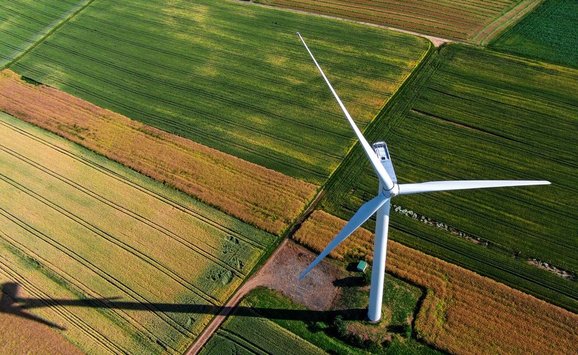Each week, we’ll be compiling the most relevant news stories from diverse sources online, connecting the latest environmental and energy economics research to global current events, real-time public discourse, and policy decisions. Here are some questions we’re asking and addressing with our research chops this week:
How can the West Coast prepare for the increasing threat of wildfires?
Last week, nearly one million Californians experienced power outages in what is thought to be the largest preemptive blackout ever, due to high-risk conditions in the central and northern parts of the state. This major blackout event marked a new level of precautionary measure from the utility PG&E, whose equipment sparked 19 major wildfires in 2017 and 2018, which collectively caused more than 100 deaths. Early estimates showed that a two-day shutoff affecting 800,000 of PG&E’s residential and commercial customers could cost as much as $2.5 billion, mostly in terms of damages incurred by local businesses.
In a recent Common Resources blog post, RFF Fellow Matthew Wibbenmeyer addresses the effectiveness of the PG&E outages in reducing wildfire risk. Wibbenmeyer explains that, although planned power outages remove a particularly hazardous source of ignitions, power lines ignite only five percent of California wildfires, and many other ignition sources remain.
Related research and commentary:

What will fuel the transition to low- and no-emissions vehicles?
Electric vehicles have the potential to dramatically decrease carbon emissions, but it’s going to take innovation from a variety of stakeholders to get these vehicles on the road at the large scale. Last week in the New York Times, Clifford Krauss reported on the Israeli start-up Electreon, whose “smart road” concept has drawn the interest of Israeli and Swedish government funding. The idea is to “recharge vehicles as they are driven,” with the use of underground copper coils that transmit recharging wireless energy to an electric vehicle as it moves.
Here at RFF, Benjamin Leard and colleagues are tackling this question with a policy-based approach. In a Resources magazine Q&A published last week, Leard suggests that targeted subsidies can be an effective tool for getting more electric vehicles on the road.
Related research and commentary:

Can the United States and other high-polluting nations sustain the growth of renewables?
As the third-highest-polluting country in the world, India’s commitment to install 175 gigawatts of renewable generation by 2022 was encouraging progress in the global climate challenge, and it was an important policy goal for Prime Minister Narendra Modi, who was recently reelected to his second term. However, the Mumbai rating agency CRISIL recently reported that “policy uncertainty and tariff glitches” are slowing development and that India could fall more than 40 percent short of its 2022 goals. MIT Technology Review commented that “these and related actions have chilled investment, stalled projects, and discouraged developers from bidding for new ones. In the last fiscal year, more than a quarter of state or federal auctions for new projects ‘received no or lukewarm bids.’”
This week in Common Resources, RFF's Jay Bartlett looks at the current state of wind and solar development in the United States amid changing tax credits, noting that generation costs and values are critical factors that will determine whether the United States will sustain its wind and solar power expansion. Bartlett explains, “In the absence of significant subsidies, standards, or carbon-based policies that support renewables, the costs and values of wind and solar—now and in the future—are the principal determinants to the growth of renewables.”
Related research and commentary:







